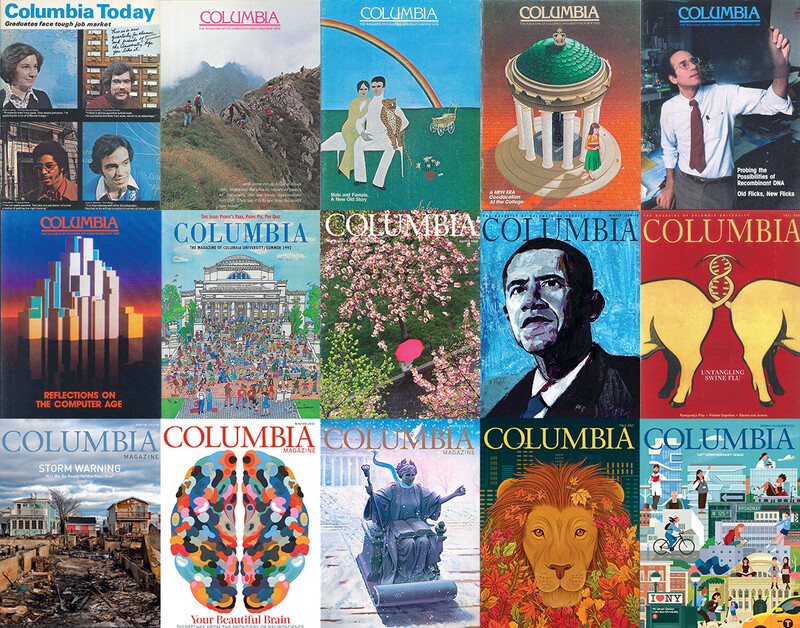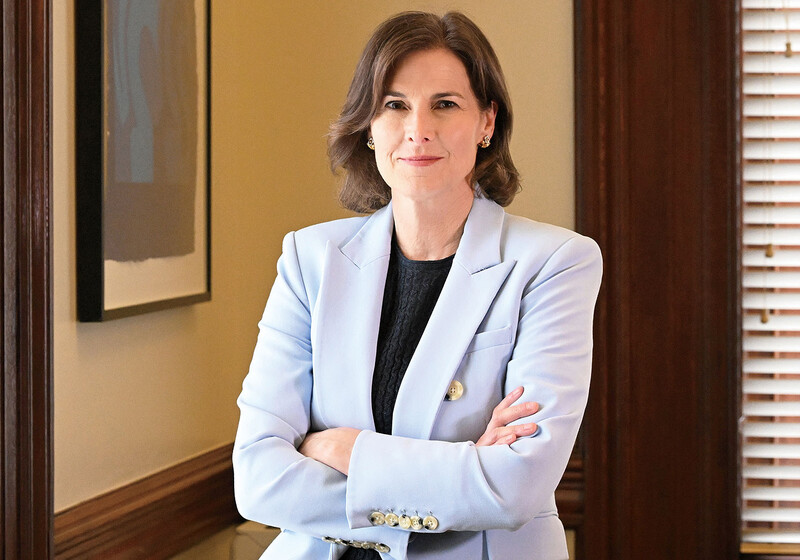On January 22, 2009, two days after taking office, President Obama signed an executive order mandating the closing of the Guantánamo Bay Naval Base detention facility within a year. No longer, he declared, would the United States accept the “false choice between our safety and our ideals.”
For Liz Ševčenko, the founding director of the International Coalition of Sites of Conscience, that was the sound of a door opening. The coalition brings together museums that were once places with troubled pasts, such as Russia’s Gulag Museum (the erstwhile Perm-36 labor camp) and the National Civil Rights Museum in Memphis (formerly the Lorraine Motel, where Martin Luther King Jr. was assassinated). As a group, Ševčenko says, “we were interested in how you connect past and present, how you bring a very diverse society together over contested histories.”
In June 2009, Ševčenko convened a workshop to explore the issues surrounding Guantánamo and place the debate over the detention center’s closing in historical perspective. It was, she would later say, “the most challenging public-memory project that even this veteran group could imagine.”
As the years passed, however, the detention center at Guantánamo (known by its military abbreviation, GTMO) remained open, its closing delayed by opposition in Congress and the problems of trying, relocating, or repatriating prisoners. But Ševčenko’s group wasn’t structured to build a stand-alone museum; the Guantánamo Public Memory Project required a major initiative of its own.
In April 2011, Columbia’s Institute for the Study of Human Rights (ISHR) cosponsored a Guantánamo conference with the international coalition. The institute’s director, Elazar Barkan, saw possibilities for a Columbia-based undertaking.
“This project seemed like a great opportunity, especially after the Obama administration drew a line over any accountability for torture” by declining to investigate past abuses, Barkan says. This was a chance “for innovative representation of the critical political human-rights issues, and an interesting pedagogical experiment.”
At Columbia, the Guantánamo Public Memory Project, based in Barkan’s institute and led by Ševčenko, has created a curriculum for students of public history and museum studies. Columbia graduate students did the initial research into Guantánamo’s history; twelve other universities, including Brown and the University of Miami, also participated. The final course project: the production of text, images, and oral histories for an exhibition, now touring the country through at least 2014.
After kicking off at New York University in December with a seminar co-sponsored by ISHR, the Heyman Center, and the Institute for Latin American Studies, the exhibition made its next stop at the Mabel Smith Douglass Library of Rutgers University. Near the entrance, a series of banners located Guantánamo in time and space. Visitors learn that a 1903 treaty with Cuba gave the United States control, but not sovereignty, over an area fronting Guantánamo Bay that would become a naval base. The territory, neither Cuban nor American, has remained a legal black hole, allowing the US government to detain refugees and suspected post-9/11 terrorists without constitutional protections.
The exhibition features video testimonies from Cuban and Haitian refugees, military and civilian personnel, and recent detainees like Omar Deghayes, a Libyan exile who attended law school in England and settled in Afghanistan. Deghayes fled the country after 9/11; he was abducted in Pakistan by Pakistani police, turned over to the US, and sent to Guantánamo. Never charged with a crime, he was beaten, humiliated, subjected to harsh conditions for six years, and then released without apology in 2007.
The exhibition situates the impasse over the detainees within a complex history rife with irony. During the Cold War, Guantánamo was a fortress against Cuban communism, but also employed many Cubans. In the 1980s and 1990s, it served as a prison and way station for Cubans and Haitians fleeing poverty and political repression for a new life in America. One of the exhibition’s most poignant images is a thirteen-year-old Cuban refugee’s crayon drawing of an American flag covered with barbed wire.
Yet the show makes clear that many who served at the naval base still remember it fondly. Students at the University of West Florida, in Pensacola, a community filled with retired military personnel, write that those stationed at Guantánamo during the Cold War recalled “a close-knit family atmosphere and camaraderie.”
Incorporating different viewpoints into the show was part of the mission, and stoked controversy. “Students and professors embraced the idea of multiple perspectives,” Ševčenko says, “and were also troubled by including those with no criticism of Guantánamo.”
While the exhibition tours, Ševčenko is developing a national public-memory laboratory to explore other subjects, such as mass incarceration and immigration. “We’re trying to build a national model of using history to confront tough issues,” she says, something she believes that universities are better placed to accomplish than other cultural institutions.
In May, President Obama announced that he wanted to renew efforts to release, try, or transfer GTMO’s 166 prisoners — many of whom are involved in a hunger strike to protest their imprisonment — and close the detention center for good.
Guantánamo’s history is shifting again, but the ending remains to be written.


